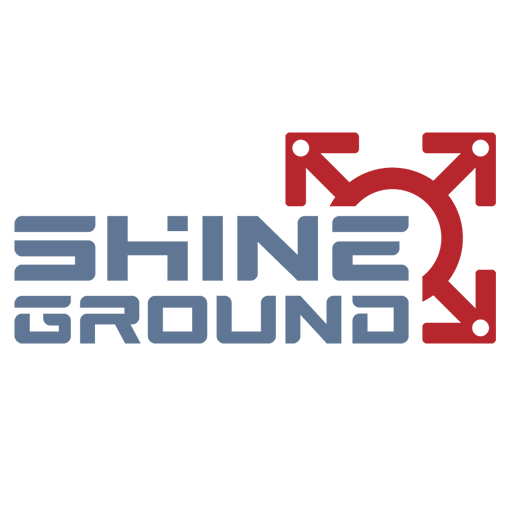Safety guardrails are essential components in industrial workshops, ensuring worker safety and operational efficiency. Aluminum profiles have emerged as a preferred material for constructing these guardrails due to their lightweight nature, corrosion resistance, durability, and ease of installation.
1. Introduction
Industrial workshops require robust safety measures to protect workers from machinery, moving equipment, and hazardous areas. Safety guardrails serve as physical barriers to prevent accidents and improve workflow organization. Aluminum profiles offer a unique combination of strength, lightweight construction, and resistance to environmental factors, making them ideal for safety applications.
2. Advantages of Aluminum Profiles in Safety Guardrails
- Lightweight and High Strength: Aluminum profiles are significantly lighter than steel yet provide excellent structural integrity. Their high strength-to-weight ratio ensures that guardrails remain sturdy without adding excessive load to the workshop floor.
- Corrosion Resistance: Unlike steel, aluminum naturally forms an oxide layer that protects it from rust and corrosion. This makes aluminum guardrails suitable for environments with high humidity, chemical exposure, or outdoor applications.
- Durability and Longevity: Aluminum guardrails withstand wear and tear, maintaining their structural integrity over time. They do not warp, crack, or degrade easily, reducing maintenance costs.
- Easy Installation and Modularity: Aluminum profiles are designed with standardized connection systems, allowing for quick assembly and disassembly. Modular designs enable customization to fit different workshop layouts.
- Aesthetic Appeal: Aluminum guardrails offer a sleek, modern appearance, enhancing the overall look of industrial facilities. They can be anodized or powder-coated in various colors to match corporate branding.
- Sustainability: Aluminum is 100% recyclable, making it an environmentally friendly choice. Its production consumes less energy compared to steel, aligning with green manufacturing practices.
3. Design Considerations for Aluminum Guardrails
- Load-Bearing Capacity: Guardrails must withstand impact from equipment or personnel. Engineers must calculate the required thickness and alloy type based on expected loads.
- Height and Dimensions: Standard safety regulations specify minimum guardrail heights to prevent falls. The spacing between vertical posts and horizontal rails must also comply with safety standards.
- Surface Treatment:
- Anodizing: Enhances corrosion resistance and provides a decorative finish.
- Powder Coating: Adds durability and color options while protecting against scratches.
- Integration with Other Safety Features: Aluminum guardrails can incorporate additional safety elements such as:
- Warning signs
- Anti-slip surfaces
- Retractable barriers
- Swing gates for access control
4. Comparison with Other Materials
| Property | Aluminum | Steel | Stainless Steel | Plastic |
| Weight | Light | Heavy | Heavy | Very Light |
| Corrosion Resistance | Excellent | Poor (without coating) | Excellent | Good |
| Cost | Moderate | Low | High | Low |
| Installation Ease | High | Medium | Medium | High |
| Durability | High | High | Very High | Medium |
5. Future Trends
- Smart Guardrails: Integration with IoT sensors for real-time impact detection.
- Hybrid Designs: Combining aluminum with composite materials for enhanced performance.
- Sustainable Manufacturing: Increased use of recycled aluminum in guardrail production.
Aluminum profiles provide an optimal solution for workshop safety guardrails, offering a balance of strength, durability, and cost-effectiveness. Their adaptability and compliance with industrial safety standards make them a superior alternative to traditional materials. As industries prioritize worker safety and sustainability, aluminum guardrails will continue to gain prominence in workshop applications.


